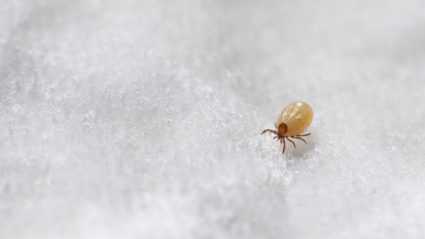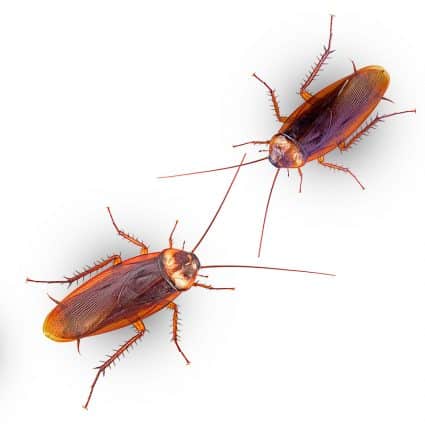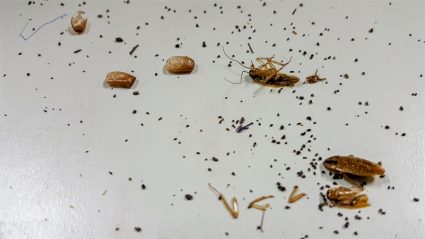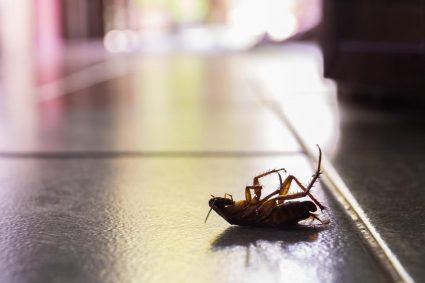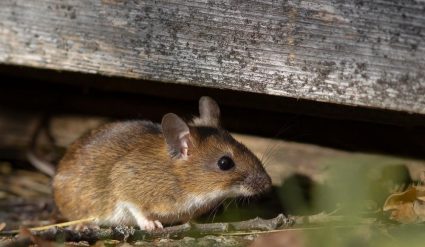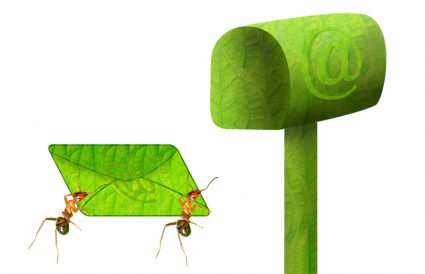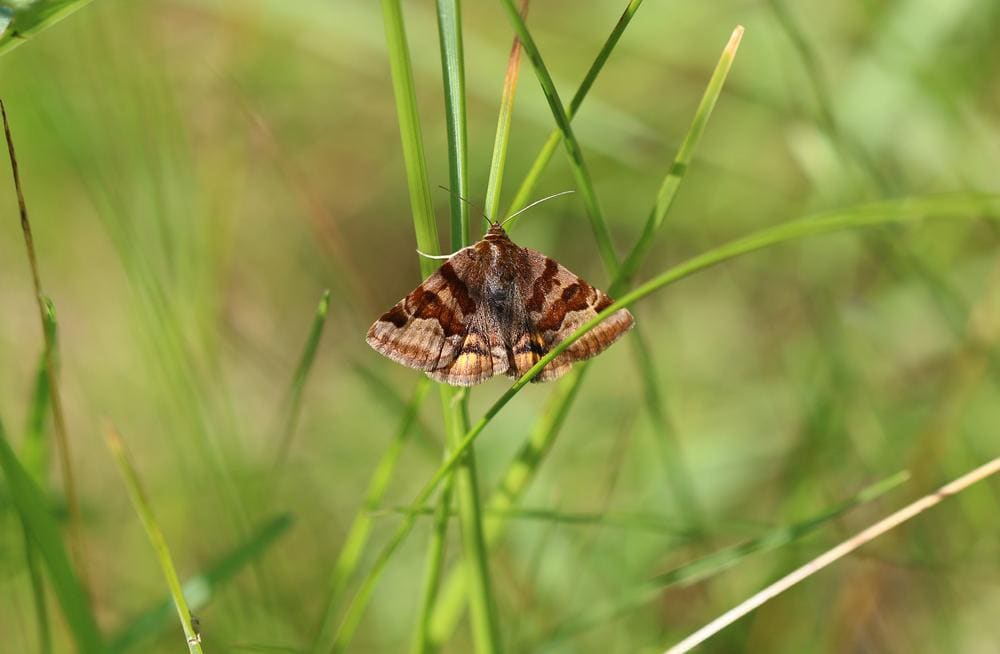
Permethrin, a synthetic pyrethroid insecticide, is commonly used to combat various pests, including the invasive spongy moth, formerly known as the gypsy moth. This article will delve into permethrin’s mechanism of action, its effectiveness against spongy moths, and the potential risks and benefits associated with its application.
Yes, permethrin does kill spongy moths, formerly known as gypsy moths. It is a synthetic insecticide that disrupts the nervous system of the spongy moth caterpillars when applied as a foliar spray, causing paralysis and death. However, permethrin is most effective against the caterpillar stage of the spongy moth and less effective against other life stages, such as pupae and adults.
What is Permethrin?
Permethrin is a synthetic chemical compound that belongs to the pyrethroid family of insecticides. It mimics the natural extracts from the chrysanthemum flower, targeting the sodium transport across neuronal membranes in arthropods, which results in depolarization, respiratory paralysis, and ultimately death of the affected insect.
The Spongy Moth Menace
Spongy moths are an invasive species notorious for their destructive impact on trees and ecosystems. The caterpillars of these moths feed on the foliage of trees, shrubs, and other plants, causing defoliation and damage to tree health. They are a concern because they disrupt people’s lives, alter ecosystems, destroy the beauty of woodlands, and even impact property values and federal expenditure.
How Does Permethrin Work against Spongy Moths?
When applied as a foliar spray to the leaves of trees, permethrin disrupts the nervous system of the spongy moth caterpillars, causing paralysis and death. However, it’s worth noting that permethrin is most effective against the caterpillar stage of the spongy moth and less effective against other life stages, such as pupae and adults.
Pros and Cons of Using Permethrin
Permethrin offers several advantages, including its effectiveness in controlling spongy moths and other pests, its versatility in applications, and the residual protection it offers. However, it also has potential downsides, such as its toxicity to aquatic life and non-target effects on beneficial insects and pollinators. Exposure to permethrin may also cause skin irritation, sneezing, and other mild symptoms in humans.
Effective Application of Permethrin
For permethrin to be effective in controlling spongy moths, it’s crucial to apply the product correctly and at the right time. This includes using the right product, mixing the solution as per instructions, applying at the right time, ensuring thorough coverage, and possibly multiple applications.
Alternatives to Consider
While permethrin can be effective, it’s not the only solution. Physical removal of egg masses, traps and barriers, biological control methods, and other insecticidal sprays can also be effective in controlling spongy moth populations.
In conclusion, permethrin can be a useful tool in controlling spongy moth populations. However, it’s important to consider its potential impact on non-target species and the environment. Always follow label instructions when using permethrin, and consider integrating other methods of control for the best results.
Frequently Asked Questions
What is the best time to apply permethrin for controlling spongy moths?
The best time to apply permethrin for controlling spongy moths is during the caterpillar stage of their life cycle, as permethrin is most effective against this stage. This usually corresponds with the early spring when the caterpillars are actively feeding on foliage.
Is permethrin safe for pets?
Permethrin is toxic to cats and fish, and can also be harmful to dogs if they ingest it or it comes in contact with their skin. It’s recommended to keep pets away from treated areas until the permethrin has dried.
How long does the residual effect of permethrin last?
The residual effect of permethrin can last anywhere from four to six weeks, depending on the environmental conditions and the surface it’s applied to.
What are some examples of biological control methods for spongy moths?
Biological control methods for spongy moths include the use of natural predators, parasites, or pathogens. For example, the bacterium Bacillus thuringiensis (Bt) and the fungus Entomophaga maimaiga are both used to control spongy moth populations.
What are the symptoms of human exposure to permethrin?
Symptoms of human exposure to permethrin can include skin irritation, redness, itching, sneezing, and in severe cases, nausea, headache, muscle weakness, shortness of breath, and seizures. If you suspect exposure, seek medical attention immediately.


